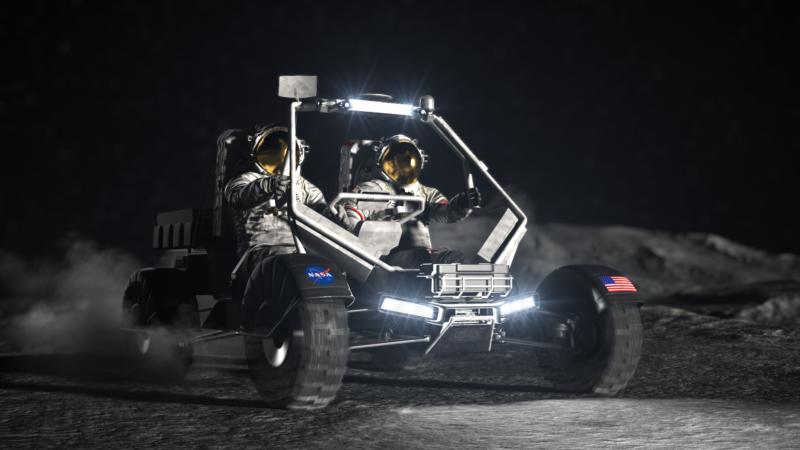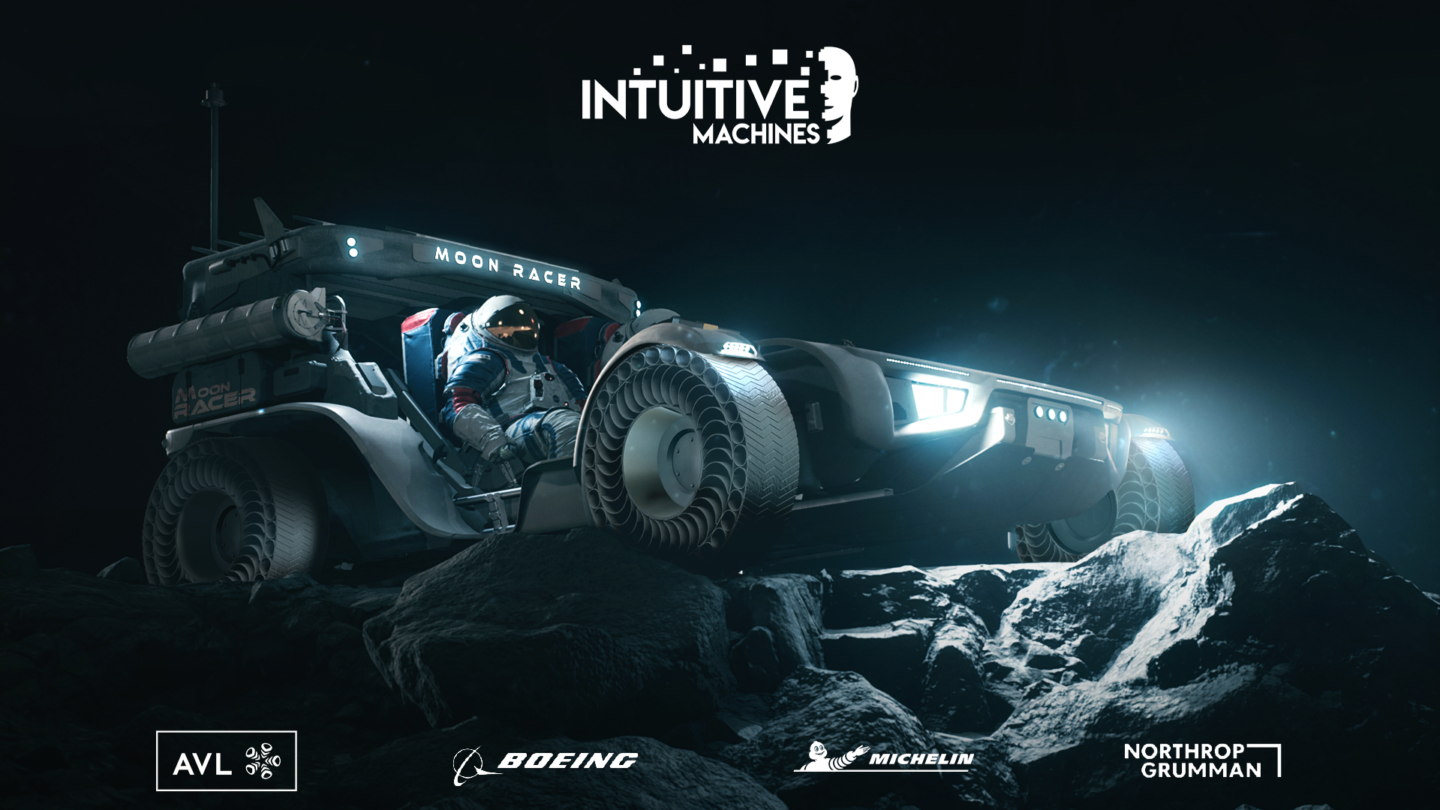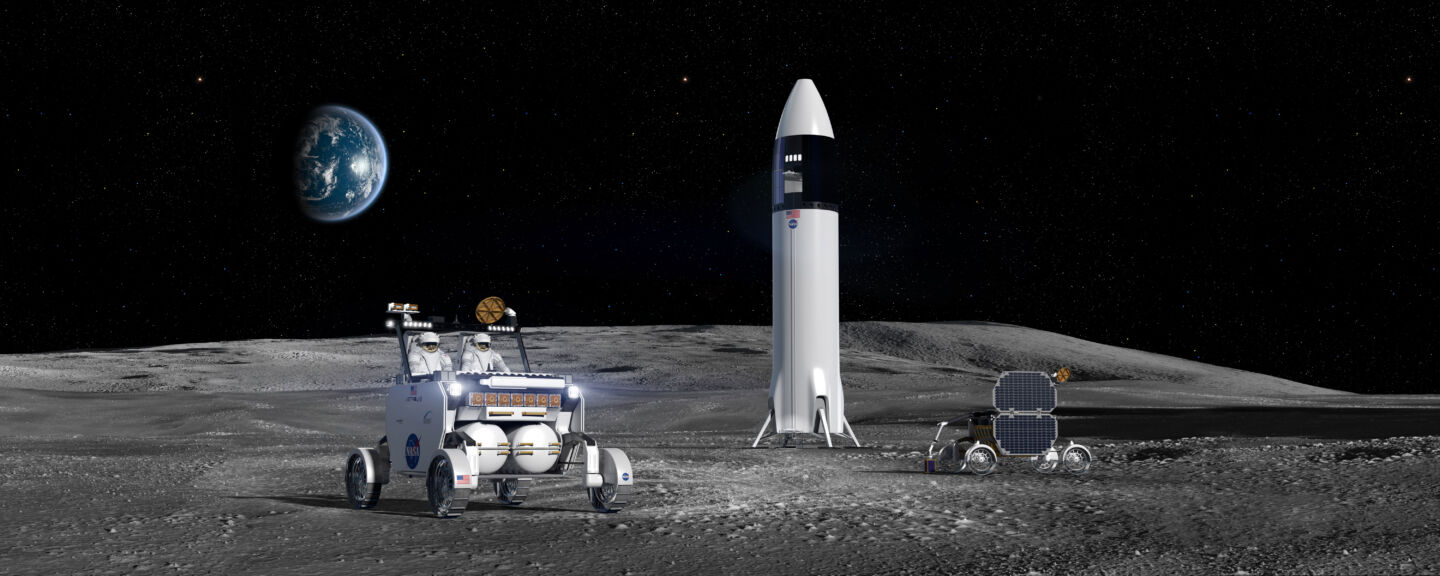NASA has made another bold bet on the nation's commercial space industry, this time asking private companies to provide a lunar rover that can survive for up to a decade near the South Pole of the Moon.
The space agency on Wednesday announced the selection of three teams, led by Intuitive Machines, Lunar Outpost, and Venturi Astrolab, to work on designs for a rover that can be used by astronauts and function autonomously when no crew is around.
Each company will work with the space agency for the next year or so to reach what is known as a "preliminary design review" for their vehicle. The initial awards are not huge; each is a few tens of millions of dollars. But this work will set the stage for a demonstration phase, which will be worth significantly more.
After this initial design work is complete, NASA will select at least one, or potentially more, companies to press ahead with a demonstration of their rover on the lunar surface later this decade or in the early 2030s.
"I'd like to send all three to the Moon," said Lara Kearney, manager of the Extravehicular Activity and Human Surface Mobility Program at NASA's Johnson Space Center. "But the decision will be budget driven. If all I can afford is one, we'll have one."
It's likely to be a frenetic year for the three competitors.
Asking a lot
There is a lot of money at stake. NASA is purchasing these rovers as a service and will issue task orders on an annual basis for 10 years. Over the lifetime of the contract, there is a combined maximum potential value of $4.6 billion for all awards. NASA would like the lunar rovers delivered to the Moon prior to the Artemis V mission—currently projected to be the third crewed flight to the Moon. The nominal date of this lunar landing is 2029, but that is likely optimistic.
Kearney said NASA expects the rovers to be capable of operating 24 hours a day, 365 days a year, with periodic breaks for charging and surviving the lunar night. They will face harsh conditions near the South Pole, with temperature swings of up to 500° Fahrenheit, harsh radiation, and rocky terrain.
"I know we’re asking a lot of these companies, but I think they’re up to the challenge," Kearney said.
NASA is indeed asking an awful lot of the commercial space industry in the United States. Since the early success of its cargo resupply services program in the 2010s—when SpaceX and Orbital Sciences began delivering food and other supplies to the International Space Station—the space agency has gotten progressively more interested in buying services directly from the space industry. For example, the agency now contracts with SpaceX to regularly fly astronauts to the space station on Dragon vehicles owned and operated by the private company.
As NASA has built out its Artemis program, it has put an increasing amount of responsibility on private companies providing services. SpaceX and Blue Origin are tasked with building complex landers to bring astronauts down to the surface of the Moon and back up to lunar orbit. NASA has partnered with Collins Aerospace and Axiom Space to provide spacesuits, including potentially for the lunar surface. And now the agency is seeking to procure services for a durable rover that will enable astronauts to venture far from their landing sites. The rovers will have a range of at least 20 km a day and the capability to support an eight-hour Moonwalk.
Over the 10-year period, companies will have the option of relying on a single rover or sending replacements as needed.



3175x175(CURRENT).thumb.jpg.b05acc060982b36f5891ba728e6d953c.jpg)



Recommended Comments
There are no comments to display.
Join the conversation
You can post now and register later. If you have an account, sign in now to post with your account.
Note: Your post will require moderator approval before it will be visible.